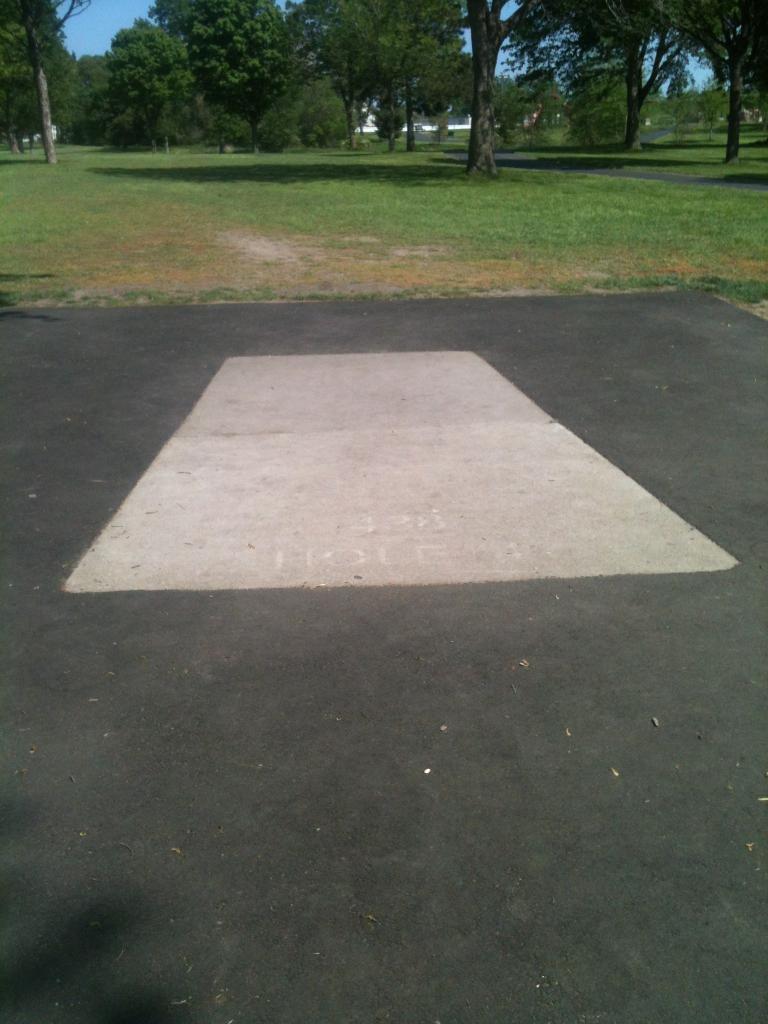knettles
Double Eagle Member
I don't know if Innova or PDGA has ever done anything like this, but I think it could be a big help if they had a "course installation instructional" flyer or something like that posted on their sites. Something that was easy to notice and find, with clear instructions on tips for creating courses and major no-nos as well. Simple things so somebody building a course with limited experience (already a bad idea) can go to either site and learn that 100' holes are bad, teepads should be flat and at least 9'-10' long, and the importance of signage.
I agree with most people on here, there is no excuse for horrible teepads. Great tees can be made for cheap with limited effort on all types of terrain. If tees aren't done right, it's either because the person making them didn't know what they were doing, or they were lazy. Honestly, I believe a large percentage of the time it's the former. So, spread the word!
I agree with most people on here, there is no excuse for horrible teepads. Great tees can be made for cheap with limited effort on all types of terrain. If tees aren't done right, it's either because the person making them didn't know what they were doing, or they were lazy. Honestly, I believe a large percentage of the time it's the former. So, spread the word!
